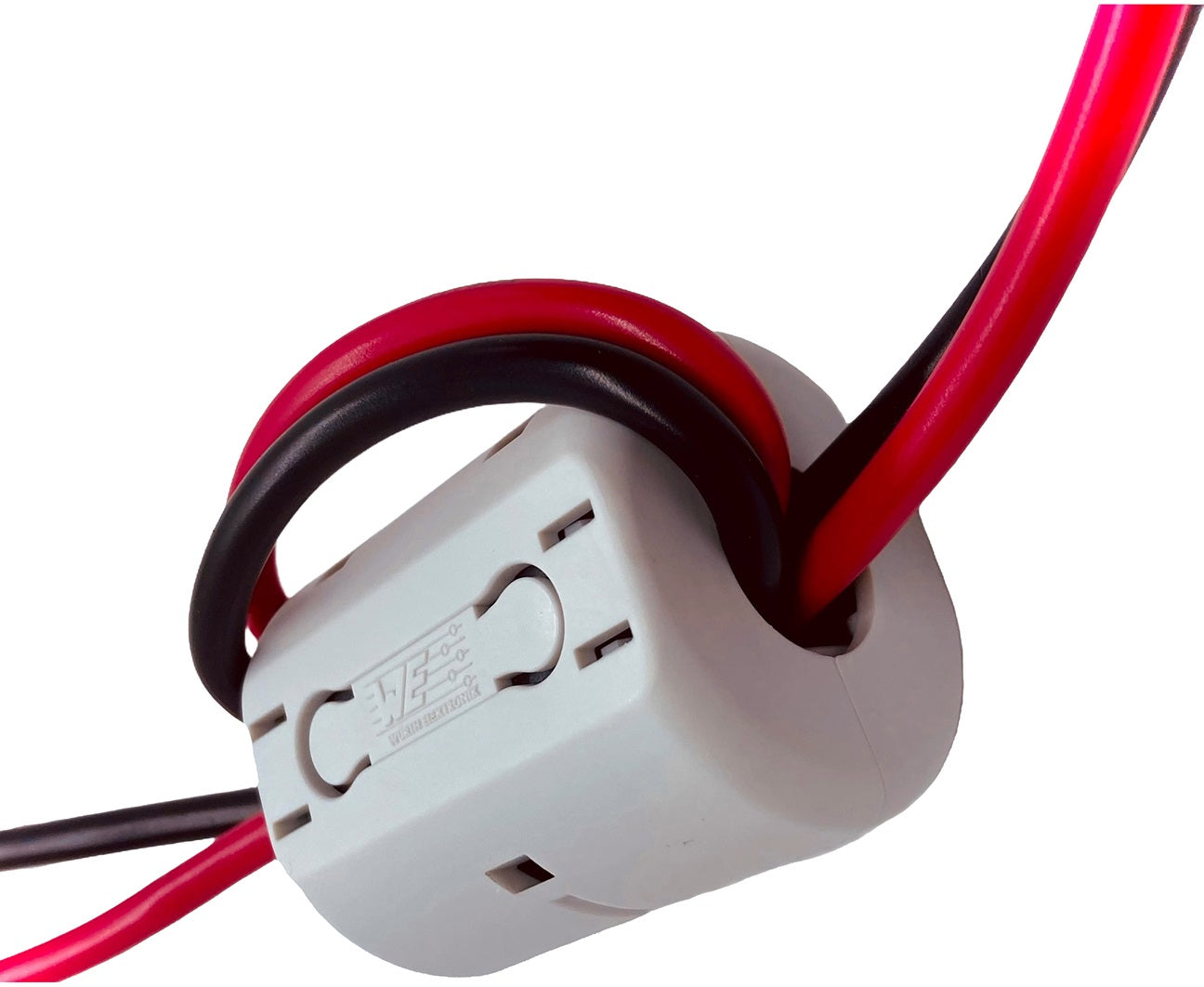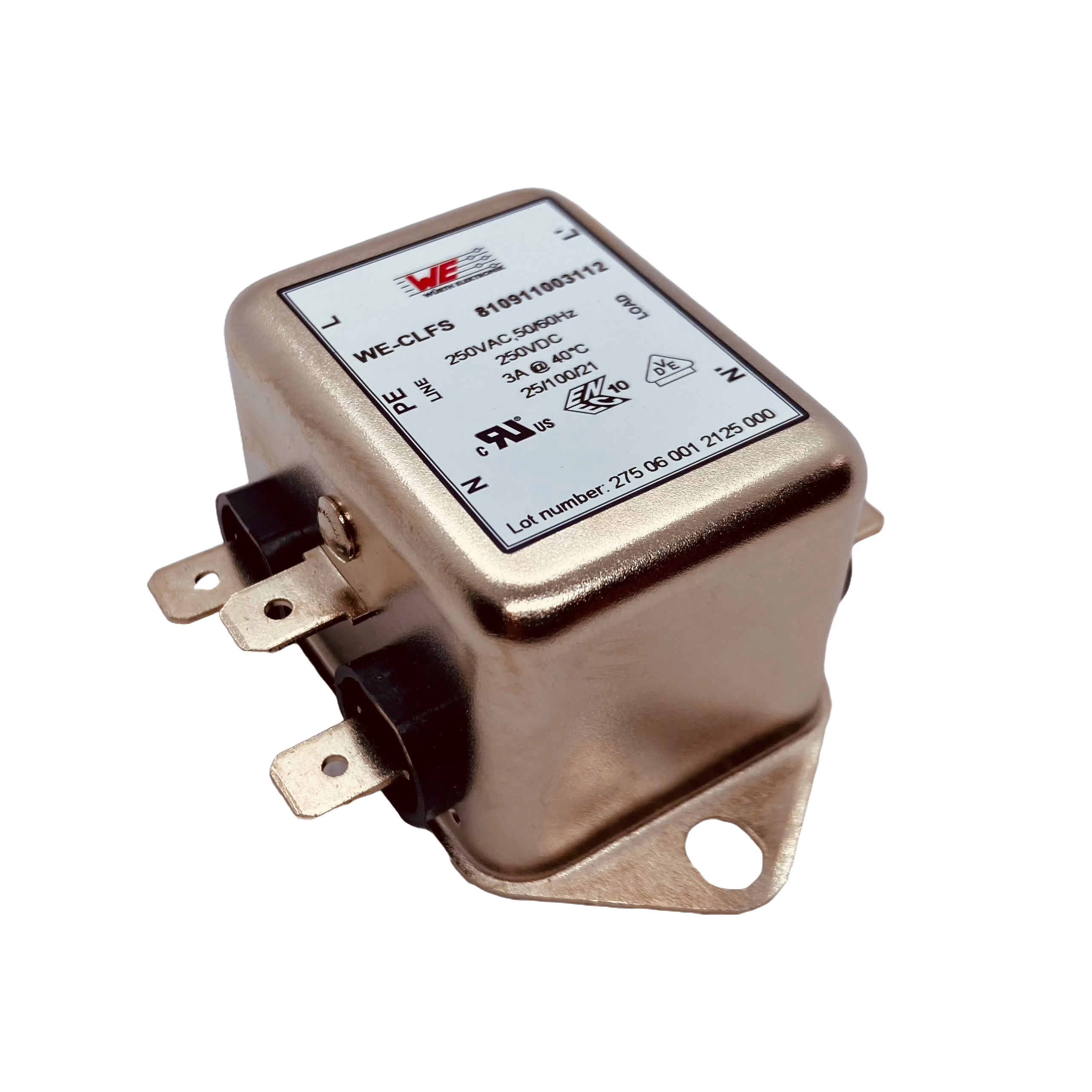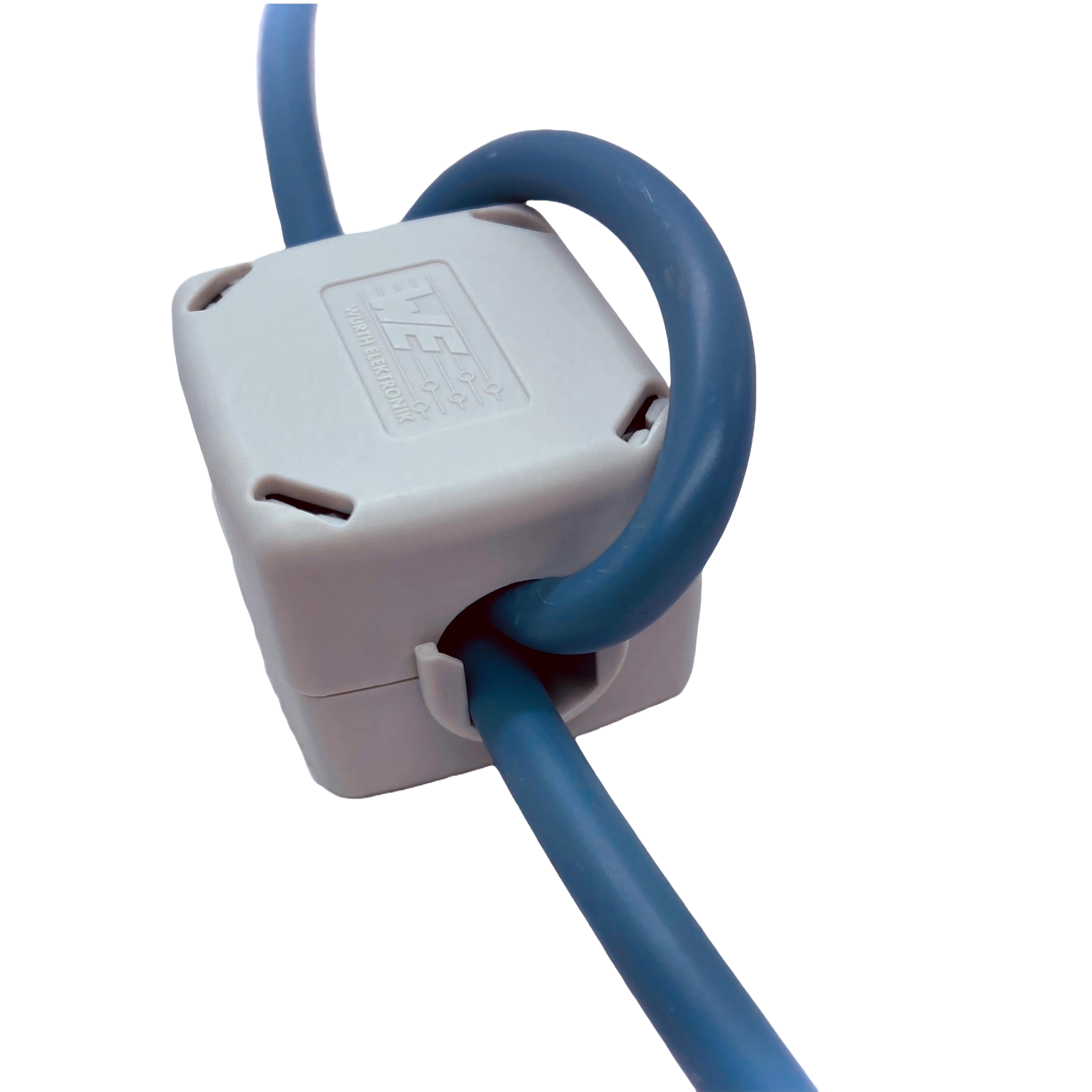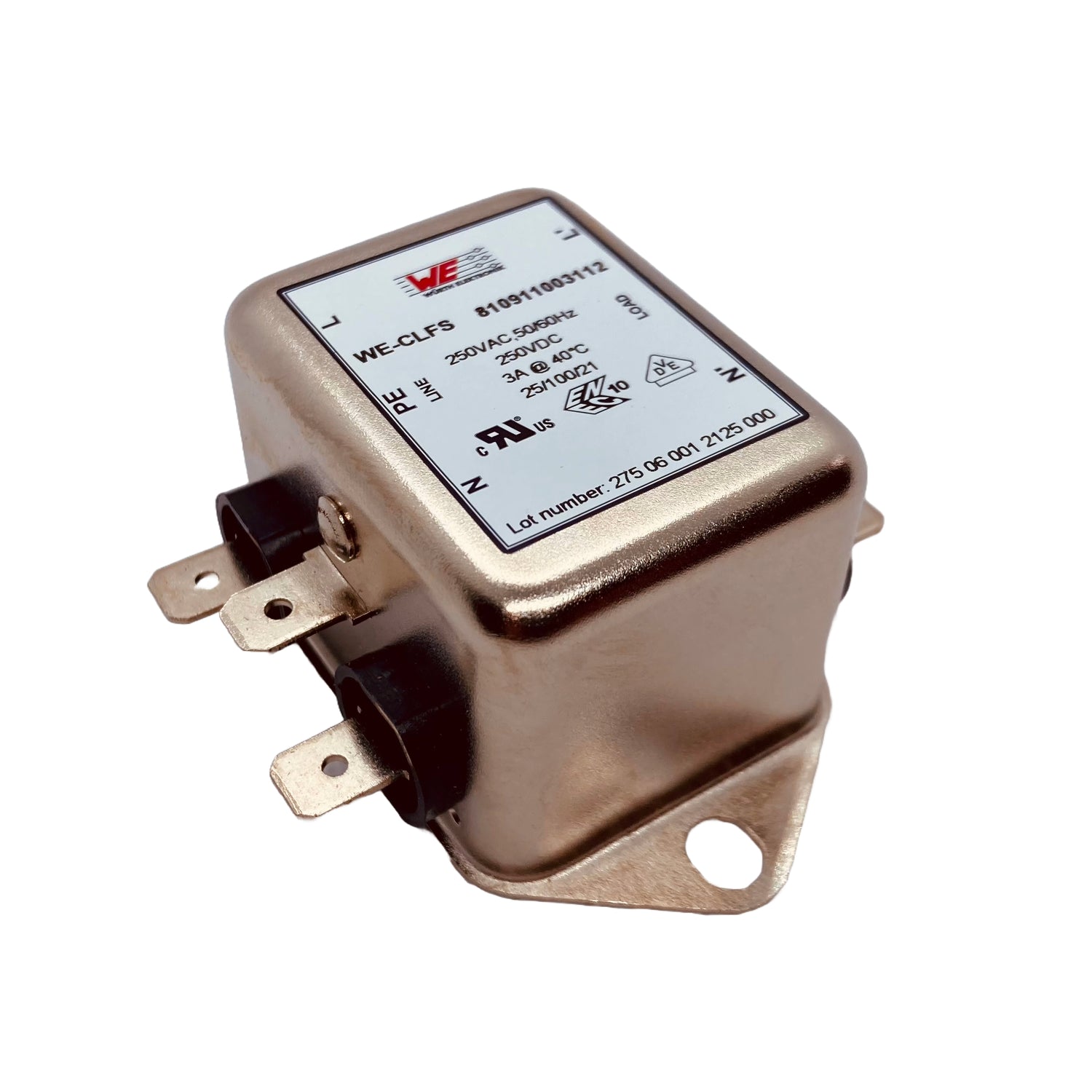EMISSIONS
Emissions in EMC refers to the generation of electromagnetic energy, whether deliberate or accidental, by some source and its release into the environment.
Emissions can be conducted or radiated, and they can cause unwanted effects such as electromagnetic interference (EMI) or even physical damage to devices and systems.
The levels of emissions that can be generated by a device or system are set out in the relevant product standards for different territories or regions. compliance testing aims to ensure that the emissions from a particular device or system comply with the emissions limits set by regulatory bodies and do not present a danger to other systems or users.
CONDUCTED EMISSIONS
Conducted emissions refers to noise generated by a device or sub circuit that is transferred to another device or sub circuit via cabling, PCB traces, power/ground planes, or parasitic capacitance.
Conducted emissions can generate problems in the quality of the electrical energy supplied, which can cause interference with other electronic devices and lead to unpredictable operation.
EMC regulations define limits for conducted emissions to ensure that electronic devices and systems do not cause harmful interference to other devices and can coexist in the same electromagnetic environment.
Click here to see the products we have to tackle Conducted Emissions issues.
RADIATED EMISSIONS
Radiated emissions in EMC typically refers to mid-to-high frequency noise produced by a device or system.
Radiated emissions can interfere with other electronic devices and cause unwanted effects such as electromagnetic interference (EMI) to other devices or systems or in extreme cases damage equipment.
Radiated Emissions testing measures the electromagnetic energy strength of a device's emissions. To pass, measurements must remain below defined thresholds defined by standards for all measured frequencies for a specific territory or region.
Unlike Conducted Emissions, Radiated Emissions testing requires through-the-air measurements to be taken. This can cause complications due to noise sources from the ambient environment and can make it harder to establish the exact levels coming form a device or system.
Testing in a low-noise/noise-free environment like a calibrated test chamber is the only way to be certain of the exact emissions coming out of a product.
Click here to see the products we have to help fight Radiated Emissions issues.

Example: You've connected a display to your control board and are now struggling to meet the Radiated Emissions limit for your product - cable ferrites are a great way to supress unwanted noise and stop it being radiated from cables within your product.
SUMMARY
Emissions are a critical aspect of EMC. They refer to the generation of electromagnetic energy within a device or system (intentionally or otherwise) and its release into the environment whether through cables (Conducted) or through the air (Radiated).
Emissions can cause unwanted effects or even physical damage to operational equipment.
It is important to keep on top of the level of Emissions to ensure that devices and systems meet the requirements of specific product standards and enable devices to work correctly in the same electromagnetic environment.
STILL UNSURE?
We have tried our best to provide as much information as we can to help you find the right fix for your EMC issues - if you need further help, contact us using the button below or try our interactive Product Selector tool.



